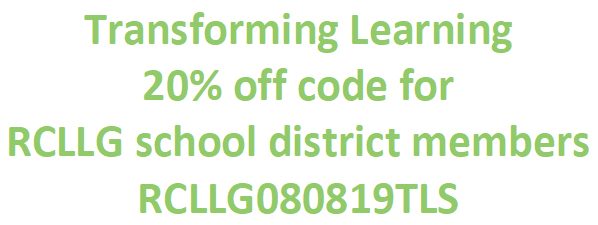By the Deloitte Center for Government Insights
Minnesotans are busy. They don’t have time to renew their driver’s license in-person at a DVS office or spend hours on the phone applying for health care benefits. But a new survey from the Deloitte Center for Government Insights finds that many Americans are still interacting with government agencies largely through analog methods – such as call centers and in-person visits. Only about one-fourth of respondents say they regularly use digital channels to access government services, pointing to a number of challenges they’ve experienced when trying to do so online.
Deloitte’s survey identifies several opportunities for government agencies to make digital services more accessible to the people they serve – particularly by focusing on a more customer-centric approach, proactive service delivery and personalizing resources to better tailor services. Three steps that government can take right now include:
- Streamlining services. The majority of respondents said they are often asked for repetitive information, which makes the digital experience overly cumbersome and frustrating. By improving the customer experience and adopting user-controlled digital identity solutions, agencies can build trust among their constituents and securely share information across government departments and services.
- Focusing on equity. There are significant differences between survey respondents who use digital government services and those who don’t – based on age, income, geographic location, education and race. Making free public Wi-Fi available in more locations where service is limited can spur greater adoption of online services. Likewise, the use of emerging technologies can help reach those who prefer to access services on their mobile device.
- Increasing privacy and security. The importance of securing personal data cannot be understated. Individuals need to trust that their data won’t be misused or used for anything other than obtaining government services or benefits. Agencies can start by establishing transparent processes and providing a clear explanation of how someone’s data will be secured and used.
The COVID-19 pandemic thoroughly changed the way individuals access government services, with 36 percent of survey respondents acknowledging an increase in their use of digital services. But governments still have a significant journey ahead to expand availability of these services and increase adoption among constituents. By focusing on the customer experience and shifting to a more citizen-centric mindset, agencies and departments can – and will – build trust with their constituents and help ensure that more individuals and families have access to important services.













